Jordan Elgrably
Surrounded by a naval blockade and military siege, surveilled from above by satellite imaging, drones and even hot air balloons, no one roams entirely free in Gaza — and whether you find yourself above ground or below, by the sea or by the border, no place is safe in the Gaza Strip. Still, in spite of the Big Brother that is Israel, everyone dreams of better tomorrows and every Gazan survives on sumud صمود.
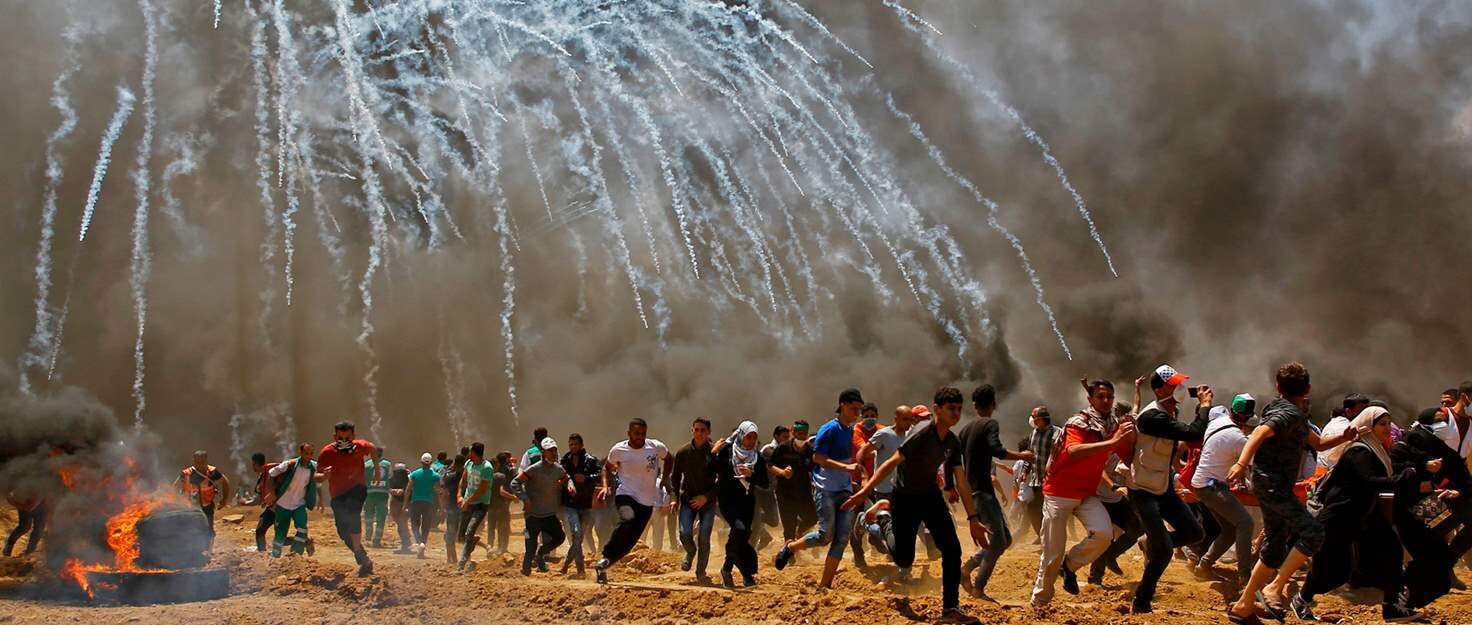
The siege of Gaza is the longest siege of a city or indeed, a major land area, in modern history. Even the worst, most brutal sieges of the 20th century, in Madrid and Leningrad, lasted less than three years, while the siege of Sarajevo stretched on for four. Incredibly, Gaza struggles in its 14th year, often without electricity, sanitation and proper food and medical supplies. (After a year and a half of Covid confinements, sometimes with shortages and excessive isolation, we all understand what living under siege feels like.) In March of 2018, desperate for long-overdue relief, Gazans organized the Great March of Return, an organic protest movement along the barrier fence with Israel; the protests lasted a year and a half, and over time, thousands were wounded by Israeli snipers, tear gas cannisters and shrapnel, despite the fact that most Gazans demonstrated peacefully, far from the fence. 223 Palestinians were killed (no Israeli soldiers perished as a result of the protests). As Médecins sans Frontières observed, “more than 35,600 demonstrators were injured, 7,996 with live ammunition.”
Many Gazans were traumatized by the 51-day war in 2014; those who survived were visited again by the May 2021 onslaught, mostly consisting of US and Israeli munitions. Gazans are always waiting for the next war. It could come tomorrow, next week, or next year. No one knows when, but dread remains in the air the people breathe — their fear strangely co-existing with hope that it will be possible to be a human being and a Palestinian at the same time. As the late Anthony Bourdain once remarked, “The world has visited many terrible things on the Palestinian people, none more shameful than robbing of their basic humanity.”
Asymmetrical Conflict
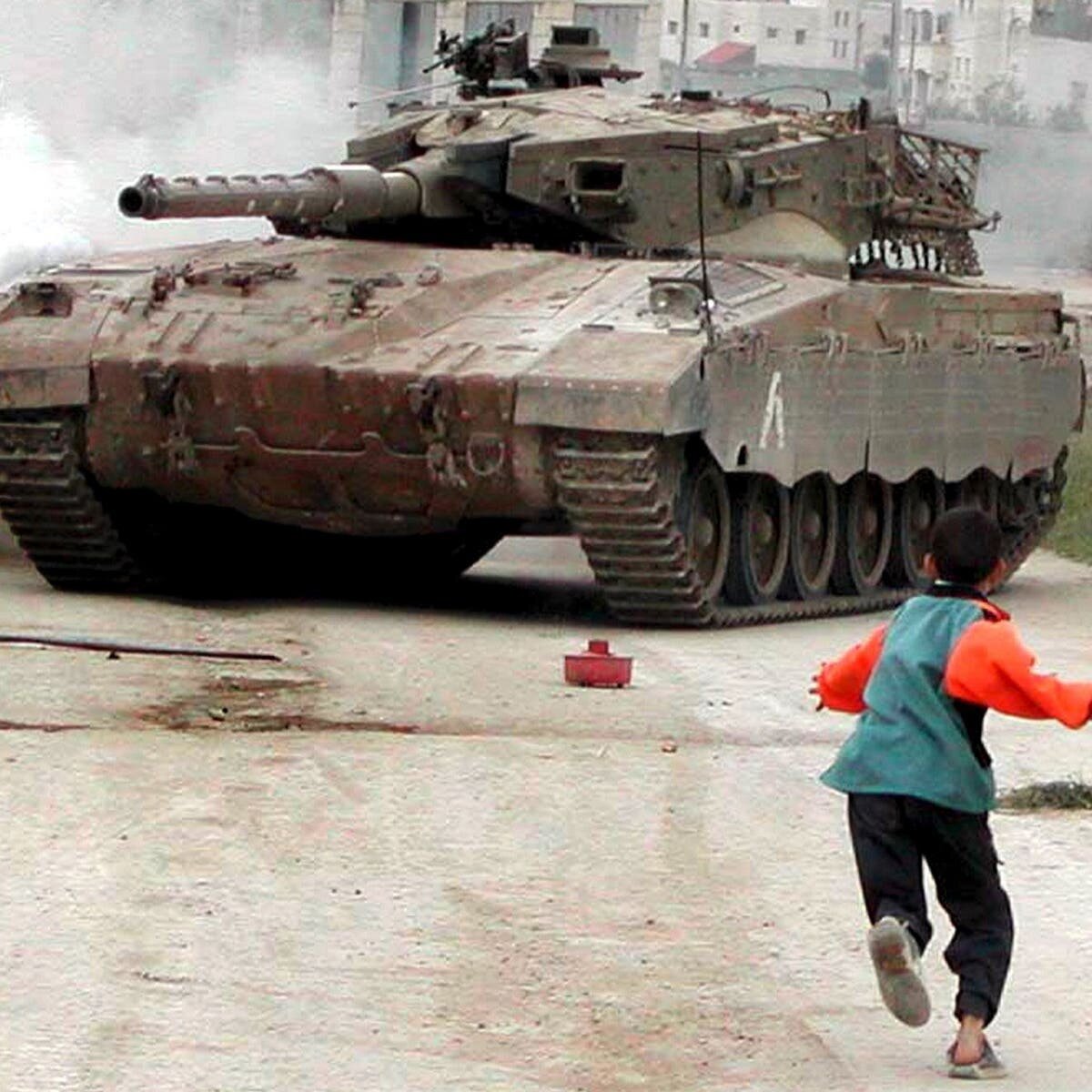
Referring to these assaults as “war” between the IDF and Hamas is misleading and inaccurate. It has never been a war but an asymmetrical conflict between one of the strongest military forces in the world, wielding F-16 fighter jets, Apache helicopters and Merkava tanks, against a rag-tag group of militants, Hamas’ Al-Qassam Brigades, equipped with small arms and ineffective homemade rockets. What Israel calls “mowing the lawn” is not so much warring against Hamas as it is attempts to break the spirits, cut down the hearts and minds, of the people themselves. These onslaughts are much more about punishing Gaza’s civilian population than winning battles against the Palestinians Davids. For there can be no doubt that in this narrative, Israel is the Goliath and the Palestinians are the underdogs. So it has been since 1948, and so it shall be until the day Israelis recognize the essential humanity of the people they have failed to eliminate since the creation of their state.
With respect to what remains the most massive assault on Gaza, in 2014, Amnesty International noted that, “Israeli forces fired tens of thousands of artillery and tank shells into densely populated residential areas, and launched air strikes on homes across the Gaza Strip, killing families inside in many cases. They struck schools sheltering civilians and attacked hospitals and medical workers, including ambulance staff trying to evacuate the dead and wounded.”
As if the 2014 catastrophe were not enough, there is the everlasting siege that makes Gaza’s quotidian reality the average person’s nightmare. The roots of this stalemate began over 70 years ago, in the 1948 war, when thousands of Palestinians living in nearby villages and cities fled to Gaza or were forcibly expelled to make room for the new State of Israel. 200,000 weary refugees arrived in the Strip, thinking they would soon go home.
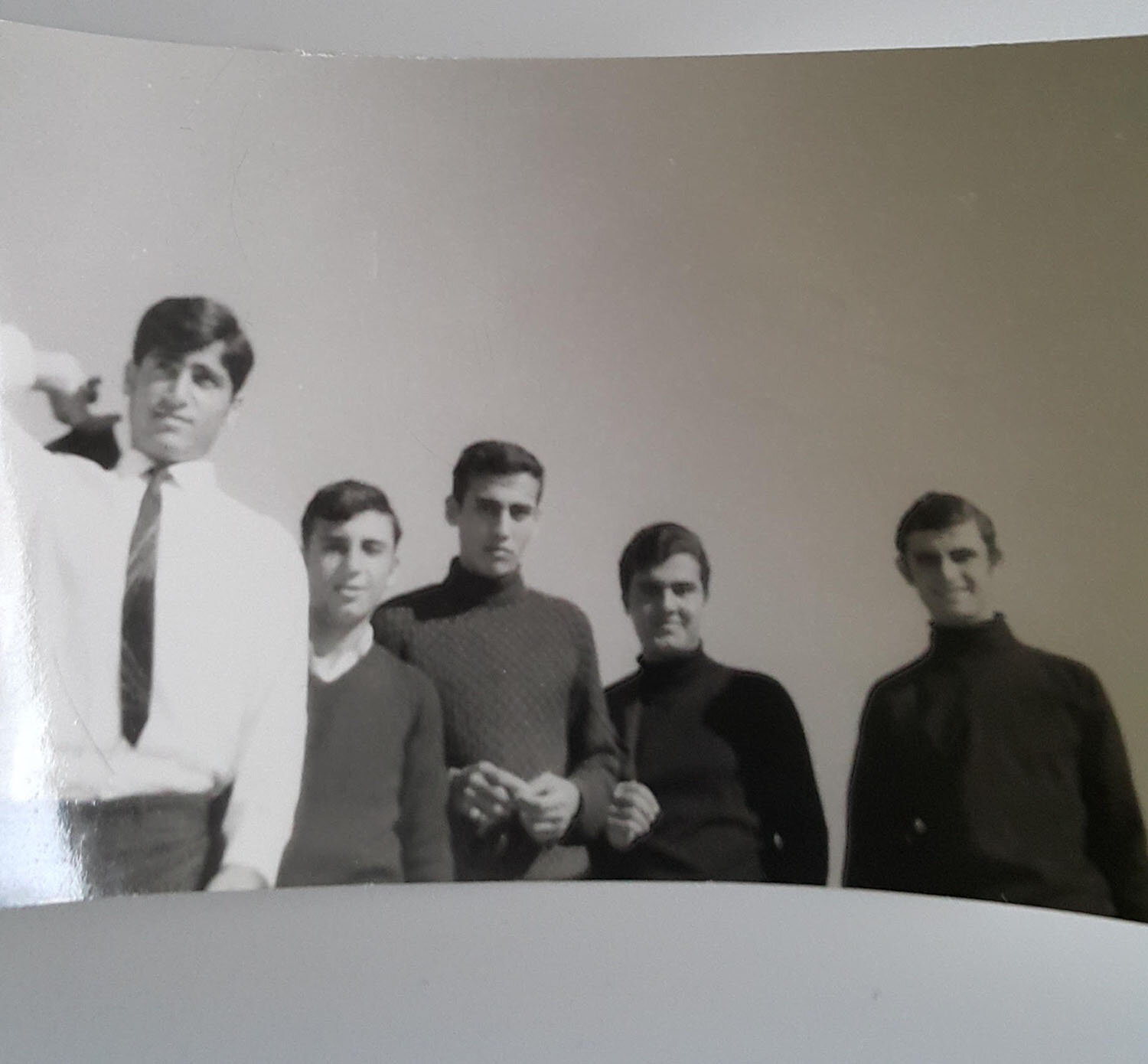
One of my longtime Los Angeles friends, Monir Deeb, grew up in a family of refugees. “I was born and raised in Gaza, in Gaza City,” Monir explains. “My parents were from El-Majdal, which the Israelis call Ashkelon now. El-Majdal was totally cleansed of all its Palestinian inhabitants. They didn’t leave one of the Palestinians in there.”
Monir speaks of Gaza with pride and returns to visit family every other year. “I still have my sisters and my brother there, I have my nephews, my nieces, and it’s still my place of birth. I have the best memories of my life in those streets and along those beaches and those markets and our garden and the trees. You know, that’s the truth.”
(Monir was saddened when his father, Mohammed Deeb, passed away recently and was buried in Gaza, for it was his wish to be buried in his birthplace, El-Majdal.)
But today, two million people struggle for survival and no one knows what the future will bring. Everyone remembers what it was like in 2014, beneath the bombs. Many survived but the less fortunate — or were they the lucky ones? — lay beneath the rubble of some 18,000 severely damaged or destroyed buildings — homes, schools, power plants, factories, hospitals.
Scars on the Psyche
A Gaza psychiatrist, Khaled Dahlan, told a reporter friend of mine who visited in 2017 that Palestinians in Gaza are suffering from multi-generational trauma, having been dispossessed and attacked for decades. “We have had so many conflicts” in the last 70 years, the psychiatrist said. The reporter, Antony Loewenstein, who returns to Gaza whenever he can, declared: “It’s never been more desperate. The Gazan people are trapped,” he said, “with no clear way out.”
With foreign aid, each time after the attacks, much of Gaza is rebuilt. As of this writing, much rubble remains from the brief but very destructive May 2021 onslaught. And Gazans continue to contend with an electricity crisis, enduring rolling blackouts for up to 20 hours per day. It hurts the most during heat waves to have no electricity and no air-conditioning. The chronic power shortages threaten crops and affect the ability of health services to meet the crushing demand of patients, many of whom are already turned away for lack of facilities or supplies. Inadequate sewage disposal resulting from Israel’s destruction of sewage plants has meant that Gazans are no longer able to safely enjoy one of their last refuges, the cool Mediterranean. They are forbidden from swimming in the sea, which festers with unprocessed human waste. The surfers of Gaza are gone.
The lack of consistent electricity threatens the weak and severely ill in hospital. Abu Khalil, a resident with two sons suffering from a dangerous blood disorder, told Amnesty International, “I live in fear of losing my sons at any minute.” They are at risk of heart failure and other complications. Thanks to emergency generators, said Abu Khalil, “You can live without electricity, or survive in the most difficult situation but not being able to…get them treatment is unbearable.”
Amnesty warns that up to 90% of cancer medicines are no longer available in Gaza. Meanwhile, the next Israeli assault is always imminent. Imagine living under the constant threat of bombardment, of invasion. Looking up into the sky, the surveillance drones are a daily reminder that Israel is overhead, watching Gazans like an Orwellian enemy. You read uneasily about how the IDF “mows the lawn” by advising its troops that everywhere is a kill zone. In a video testimony, one soldier who served in Gaza said, “Most of our shooting was random…we didn’t think about civilian casualties.”
In a Breaking the Silence testimonial, a first sergeant in the mechanized infantry revealed that, “While we were stationed there, the armored forces would fire at the surrounding houses all the time. I don’t know what exactly their order was, but it seemed like every house was considered a threat, and so every house needed to be hit by at least one shell, so that there’s no one in there.”
Another foot soldier testified that his orders were to, “Shoot, shoot everywhere.” He explained:
“The rules of engagement for soldiers advancing on the ground were: open fire, open fire everywhere, first thing when you go in. The assumption being that the moment we went in [to the Gaza Strip], anyone who dared poke his head out was a terrorist. And it pretty much stayed that way throughout the operation.”
Yehuda Shaul, who founded Breaking the Silence after serving in the occupied territories with the Nahal Brigade of the Israel Defense Forces, underscored that the military’s performance during 2014’s Operation Protective Edge was just a continuation of Israel’s “cut the grass” policy in the region. He said it is “apparent that it is only a matter of time until the next operation.” The philosophy of the Israeli military is that they must cut down Palestinian resistance, and therefore, Shaul says, “an operation every two or three years is an expression of cold and calculated logic, not whimsy.”
Of course civilians are going to be mowed under, Shaul pointed out. “The principal casualties from the ‘grass cutting’ policy [are] Palestinian civilians, whose population is being torn apart in the throes of war. Think about what happens to a society when hundreds of its children are killed within the span of two months, along with 18,000 of its homes. It is impossible not to discern whether what the IDF is ‘cutting’ every couple of years is terror capabilities, or the ability for an entire society to develop and subsist. In effect,” Shaul went on, “the ‘grass cutting’ policy is but another component of Israel’s system of control over the Palestinian population, both in Gaza and the West Bank. In order to preserve its control, Israel continuously operates to ensure Palestinians remain weak and vulnerable. As a soldier,” Shaul said, “I took part in countless operations aimed at ‘lowering the heads’ of Palestinian civilians in the West Bank. Many other soldiers have and continue to do the same.”
Out of this maelstrom, how will Palestinians and Israelis find their common humanity? They have little choice but to share the land they live on together.
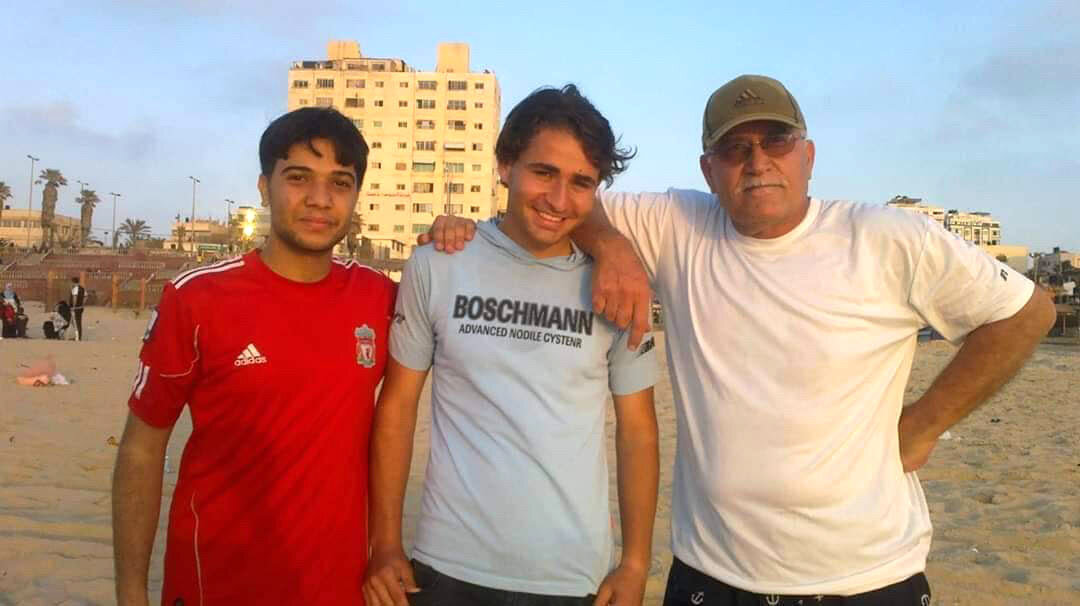
Despite the electricity crisis, the shortage of medicines aggravated by the Covid-19 pandemic, and the high rate of unemployment (half the population is out of work), it is in the human spirit to seek the light. Among the two million people living on the brink, isolated from the rest of the world, a young female comedian, Reham al-Kahlout, wants to be the first Gazan funny woman to hit the big time, the way Mohammed Assaf broke out as a singer on Arab Idol. Reham records comedy skits with fellow Gazan actors and posts them on YouTube, working toward her first big break — the chance to go to Cairo, where she says comedy and the arts afford greater opportunities. Reham is one of thousands of young Gazans who dream of better tomorrows, for Gaza too has its rappers and rockers, its aspiring writers and filmmakers, along with its feminists and human rights workers confronting Gaza’s class divisions and patriarchal oppression.
When I ask Monir Deeb what he sees in Gaza’s future, he replies, “Its resilience is a tribute to the people. It’s going to exist, because being a Palestinian, a Gazan, is to resist. Why would anybody submit or kneel to somebody who is trying to subject them to their own elimination? What amazes me,” Monir says, “is how the Gazans still carry on everyday life, because I would not have been able to do it.”
After a pause in our conversation, he says, “I think it’s time for all of us, including me, to speak up about this siege. How much more do they want to suffocate these people, and how many more times is Israel allowed to ‘mow the lawn’? And how degrading is this term? How disrespectful and inconsiderate of the Israelis to put such a title about the lives of human beings.”



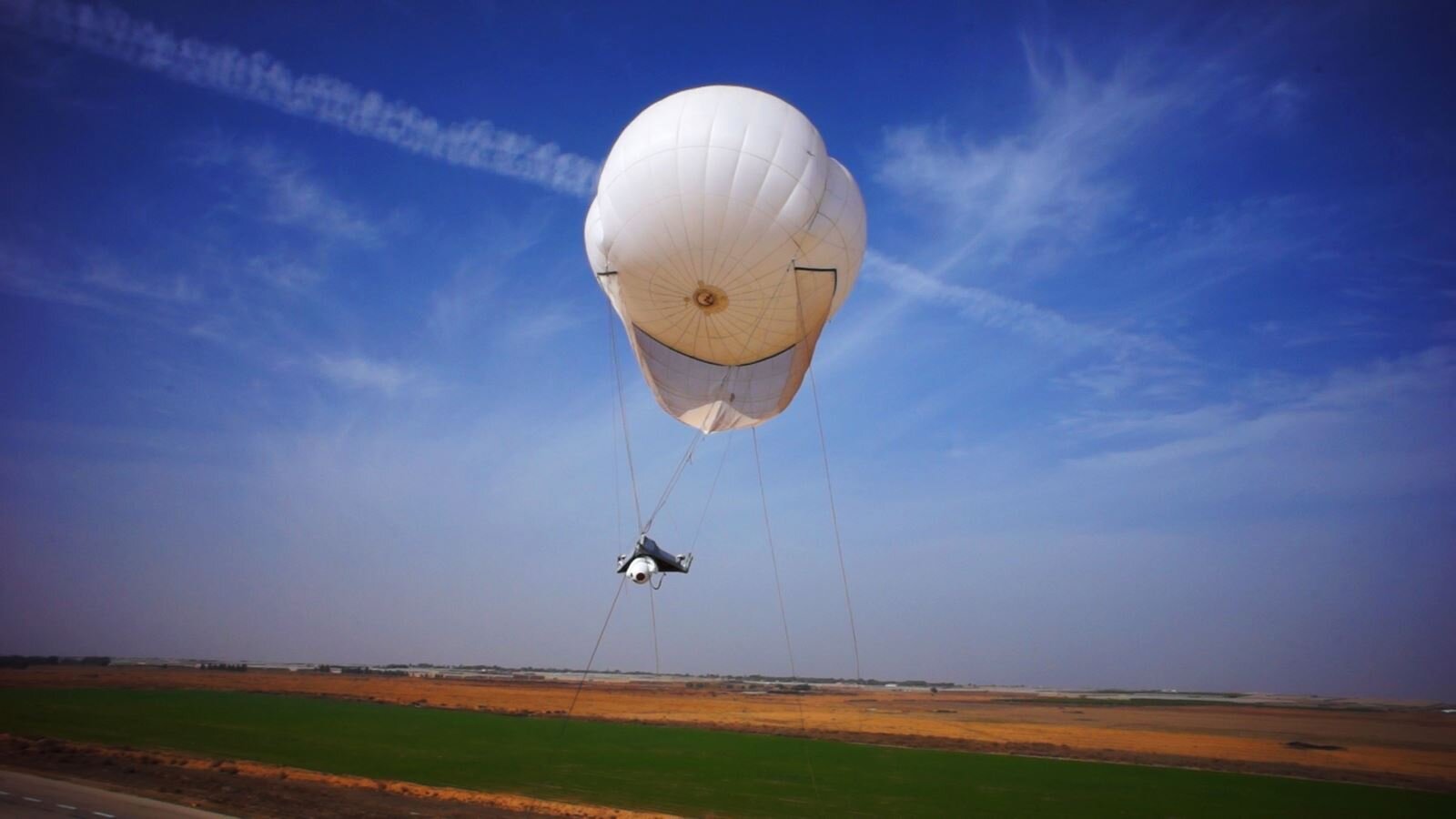

Hommage aux héros Palestiniens de Gaza, pour le dévouement continu et la farouche resistance de nos frères face à la machine tueuse des occupants illégaux dans ce nouveau conflit asymétrique.